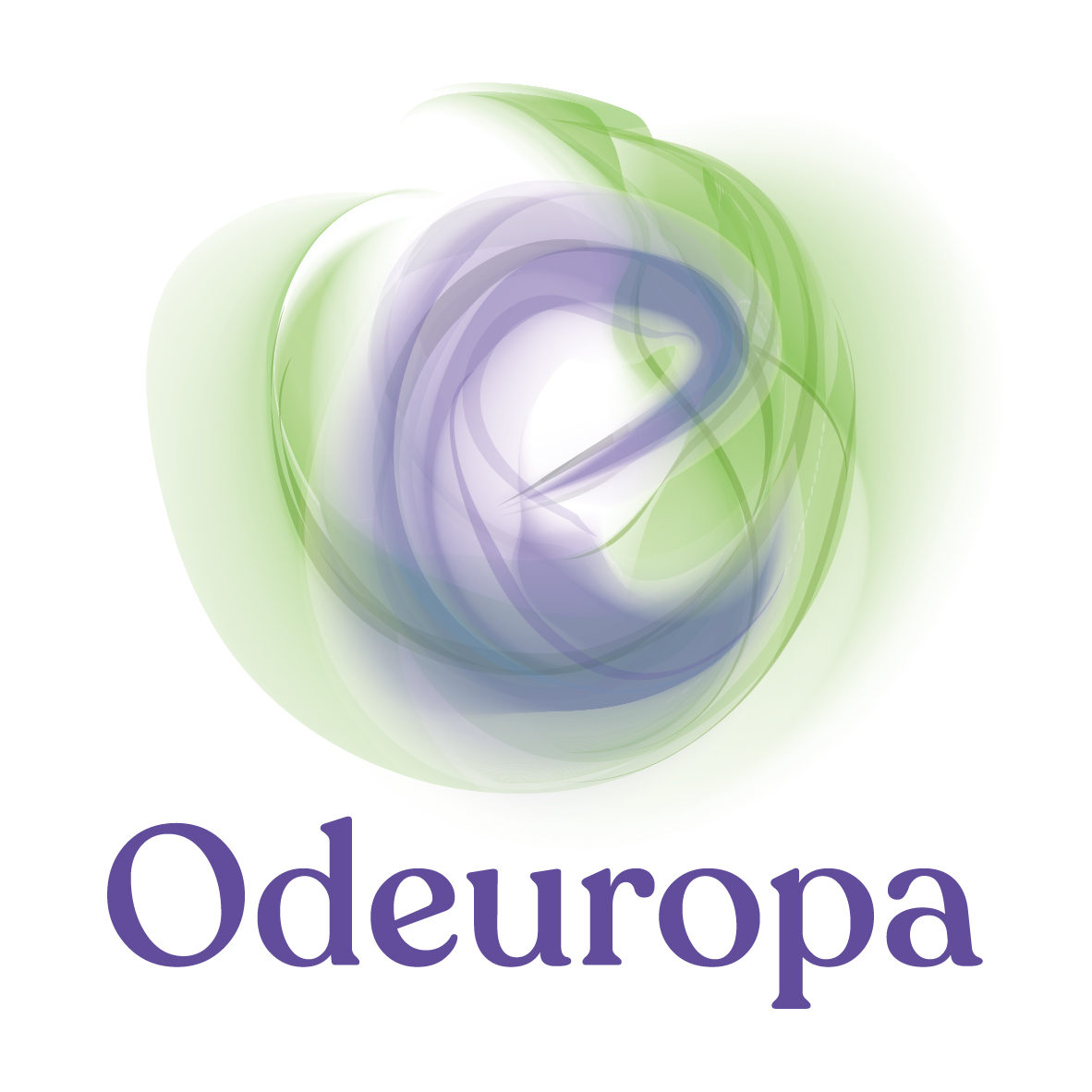Over the last twenty years or more there has been an efflorescence of new scholarship on smell and the past in a multitude of disciplines. The past no longer comes deodorized and smell is no longer as undervalued or frequently ignored as it once was in academic scholarship.
A number of excellent networks have begun to bring together scholars interested in the senses and particular elements of the sensory past. This includes Concordia’s Sensory Studies directory, as well as networks on hospitals and the senses, Russian history and the senses, and early modern soundscapes.
The wider world of smell studies and smell culture is home to a number of networks or bodies that are bringing together those interested in smell and fragrance. This includes national networks such as NOSE (The Netherlands Olfactory Science Exchange) and bodies interested in spreading knowledge about fragrance production, consumption, and culture such as the Institute for Art and Olfaction. In addition to Odeuropa, the last year has also seen the emergence of several other projects on smell and the past. This includes the Odotheka project,which is archiving heritage smells in Poland and Slovenia, and the Alchemies of Scent project which is using archaeology and chemistry to recreate ancient Greco-Egyptian perfumery
However, we do not have an international network that brings together the exciting academic scholarship on the history and heritage of smell. Too often this scholarship is separated by language, geography, time-period, or discipline. PastScent is an initiative set up as part of the EU Horizon 2020 funded Odeuropa project. It aims to bring together academics who are working on smell and the past. PastScent is a branch of the broader Odeuropa community, which represents a broader body of scholars, artists, cultural heritage professionals, digital heritage specialists, perfumers and (creative) industries working on, or interested in olfactory heritage and sensory mining.
Some of the disciplines represented in PastScent include history, art history, literature, languages, archaeology, heritage, chemistry, and science and technology studies. However, PastScent is discipline-agnostic and welcomes multiple-approaches. At the core of its vision is a desire to promote intellectual generosity, openness, and collaboration.
What all of the scholars who are part of PastScent share is an interest in understanding smell in the past, smell and the past, or the smell of the past.
The network is initially formed around the following key elements, which you can view on the following pages:
- PastScent Membership: A list of members with short biographies, associated keywords, and links to find more about their work.
- PastScent Bibliography: An open, regularly-updated, multi-lingual, cross-disciplinary, bibliography of academic work on smell in the past, smell and the past, and the smell of the past. This currently contains over 700 works.
- A JISC mailing-list that will provide a space to discuss and share new publications, events, CFPs, and questions relating to smell and the past. The list is intended to be a space where the growing number of scholars interested in smell and the past across all disciplines (including the arts, humanities, social sciences, and sciences) can network and share research.
- An annual conference bringing together members of PastScent (the first of which will be in 2022).
However, as PastScent’s membership grows we hope that there will be opportunities to expand the work of the group in new directions.
If you are an academic working on smell in the past, smell and the past, or the smells of the past and wish to become a member then please contact will.tullett@york.ac.uk.
